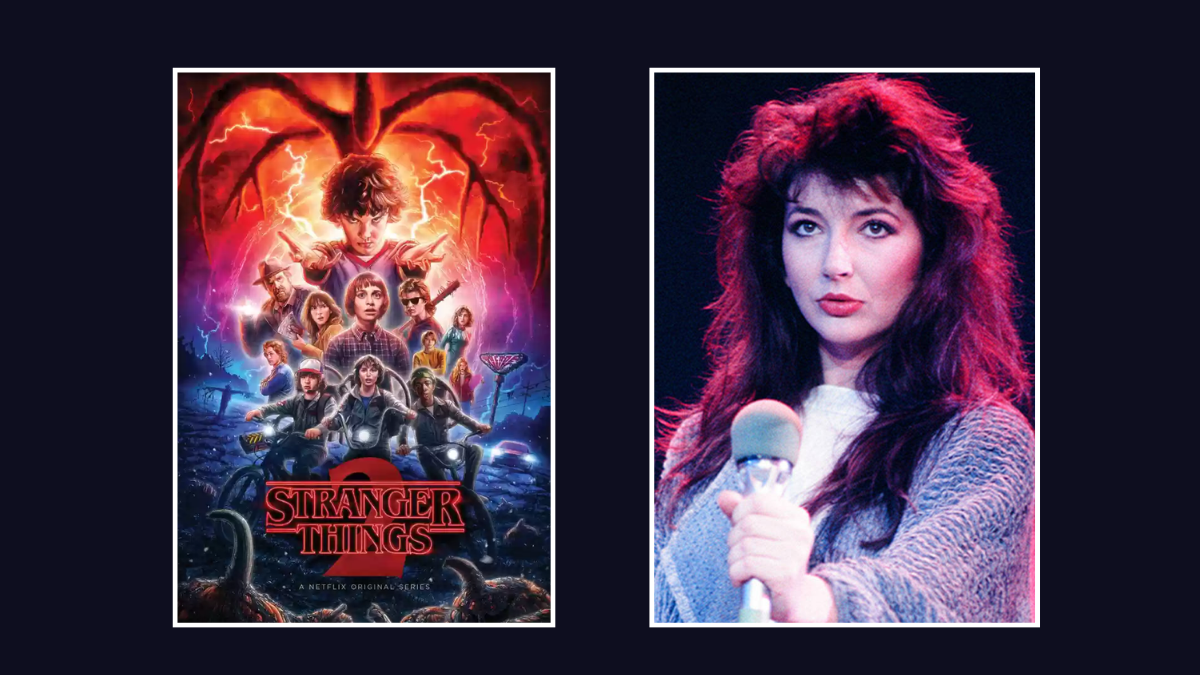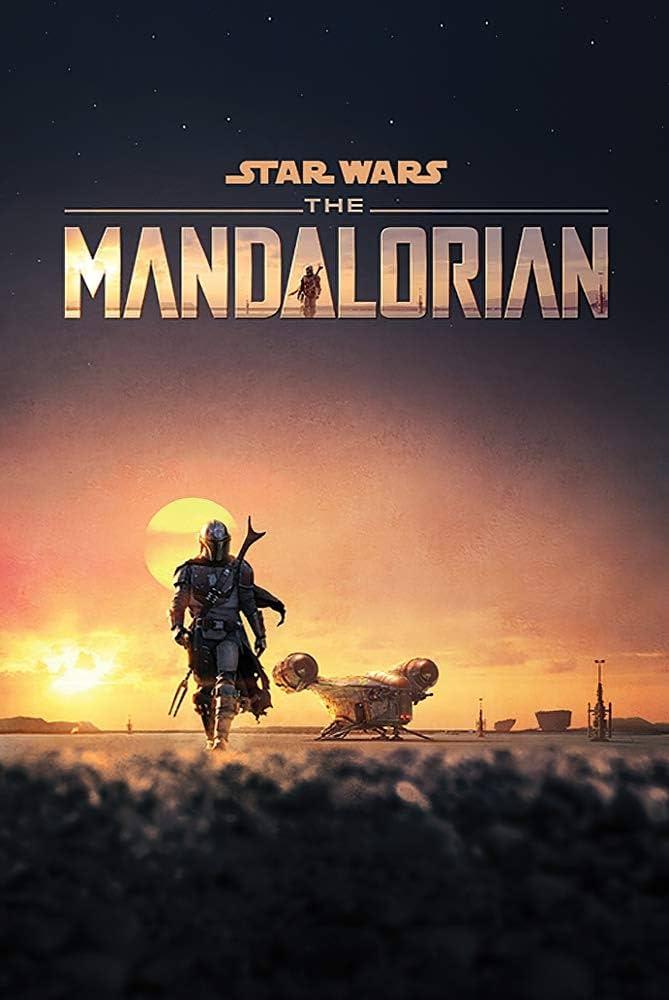The Feedback Loop in Music, Movies and TV Shows: A Dynamic Interplay of Influence

A feedback loop occurs when the output of a system is fed back into the system as input, creating a cycle of continuous influence and change. In the creative world of music, movies, and TV shows, this concept takes on a dynamic form where each medium inspires and shapes the others in an ongoing loop. This interaction not only drives innovation but also mirrors cultural trends, societal shifts, and the evolving tastes of audiences. By examining the feedback loop among these mediums through the lens of social psychology, we can better understand how they interact, shape one another, and contribute to the broader cultural landscape.
Understanding Feedback Loops in Media
At its core, a feedback loop in media involves the way content influences audience perceptions and behaviours, which in turn shapes future content. This cyclical process can be both reinforcing and transformative, leading to the reinforcement of existing norms or the emergence of new cultural narratives. The feedback loop doesn’t just stay within the realm of entertainment; it also reflects and influences cultural and societal shifts, making it a powerful force in shaping collective consciousness.
Music’s Influence on Movies and TV Shows
Music has long been a powerful force in shaping the emotional and narrative aspects of movies and TV shows. Soundtracks and theme songs are integral to creating mood, enhancing storytelling, and defining characters. Iconic scores, like John Williams’ compositions for ‘Star Wars’ or Hans Zimmer’s work on ‘Inception’, not only elevate the visual experience but also become part of the cultural zeitgeist, influencing the way audiences perceive the narrative.
Moreover, the use of popular songs in movies and TV shows often leads to a resurgence in the popularity of those tracks. For example, the use of Queen’s ‘Bohemian Rhapsody’ in ‘Wayne’s World’ revitalized interest in the band, bringing the song back to the top of the charts.
Similarly, TV shows like ‘Stranger Things’ have reignited interest in 80s music, introducing younger generations to older hits. Through these examples, music both reflects and influences cultural values, social norms, and personal identities.
Movies and TV Shows as Catalysts for Music Trends
On the flip side, movies and TV shows often serve as platforms that launch or revive musical careers. When a song is featured in a popular movie or TV show, it can reach a broader audience, sometimes leading to unexpected chart success. For instance, Kate Bush’s ‘Running Up That Hill’ saw a significant resurgence in popularity after being featured in ‘Stranger Things’. Similarly, ‘The O.C.’ and ‘Grey’s Anatomy’ were known for spotlighting indie bands, helping them gain wider recognition.
Biopics and documentaries about musicians, such as ‘Bohemian Rhapsody’ (Queen) and ‘Rocketman’ (Elton John), not only celebrate the artists but also reintroduce their music to new audiences, often leading to renewed commercial success. This demonstrates the feedback loop in which movies and TV shows influence the music industry and vice versa, creating a cycle of mutual reinforcement.
TV Shows and Movies Shaping Each Other
The relationship between movies and TV shows has evolved significantly over the years, especially with the rise of streaming platforms. TV shows now often mimic the cinematic quality of films, with high production values, complex storylines, and in-depth character development. This shift has blurred the lines between the two mediums, leading to a feedback loop where TV shows adopt cinematic techniques, and movies borrow the episodic storytelling style of TV.
The influence also works in reverse. Movies like ‘Twin Peaks: Fire Walk with Me’ continue stories from TV shows, while shows like ‘The Mandalorian’ expand on movie franchises. These interactions create a loop where audiences engage with a story across multiple formats, deepening their connection to the content and further entrenching the feedback loop.

The Role of Social Media in Amplifying Feedback Loops
The advent of social media has added another layer to the feedback loop in music, movies, and TV shows. Social media platforms act as amplifiers, accelerating the spread of content and the feedback loop process. When a song, movie, or TV show resonates with audiences, it quickly gains traction on platforms like Twitter, Instagram, and TikTok, where users share their reactions, create memes, and generate discussions.
This immediate feedback influences creators, who can now respond in real-time to audience reactions, often tailoring future content to meet the expectations and desires of their audience. This rapid cycle of feedback can intensify trends and shape cultural moments more quickly than ever before. For example, the viral success of songs like ‘Old Town Road’ by Lil Nas X on TikTok led to widespread popularity and influenced the artist’s future work and collaborations.

The Cultural and Social Psychological Impact of Feedback Loops
Feedback loops in media have profound implications for social psychology, particularly in the way they shape collective attitudes and behaviours. Through repeated exposure to certain themes, narratives, and behaviours, media can reinforce societal norms or challenge them, leading to social change. The interplay between music, movies, and TV shows can amplify messages or spark new conversations, making the feedback loop a tool for both reinforcing and challenging cultural narratives.
However, feedback loops can also contribute to the entrenchment of stereotypes and the perpetuation of harmful behaviours if not carefully managed. For example, the persistent portrayal of certain racial or gender stereotypes in media can reinforce those stereotypes in society, creating a feedback loop that hinders progress toward equality. On the positive side, when media portrays inclusive and diverse characters and stories, it can lead to greater acceptance and understanding among audiences, gradually shifting societal norms towards inclusivity.
Also Read: The Barnum Effect in Celebrity Culture
The synergy between these mediums has become a tool for branding and marketing, creating multi-layered cultural phenomena that extend beyond entertainment. A well-placed song in a movie or TV show can lead to viral moments, meme culture, and even fashion trends, illustrating the broad cultural impact of these feedback loops.
The feedback loop in music, movies, and TV shows is a testament to the interconnectedness of these art forms. As each medium influences the others, they collectively push creative boundaries, reflect societal changes, and shape cultural narratives. This dynamic interplay, deeply rooted in social psychology, not only enriches the content we consume but also deepens our understanding of the world around us. Through these feedback loops, each song, movie, or TV show becomes part of a larger, ever-evolving cultural conversation, highlighting the power of media in shaping our collective consciousness.
–Silviya.Y








